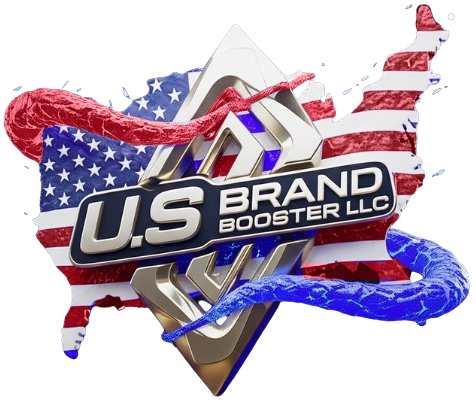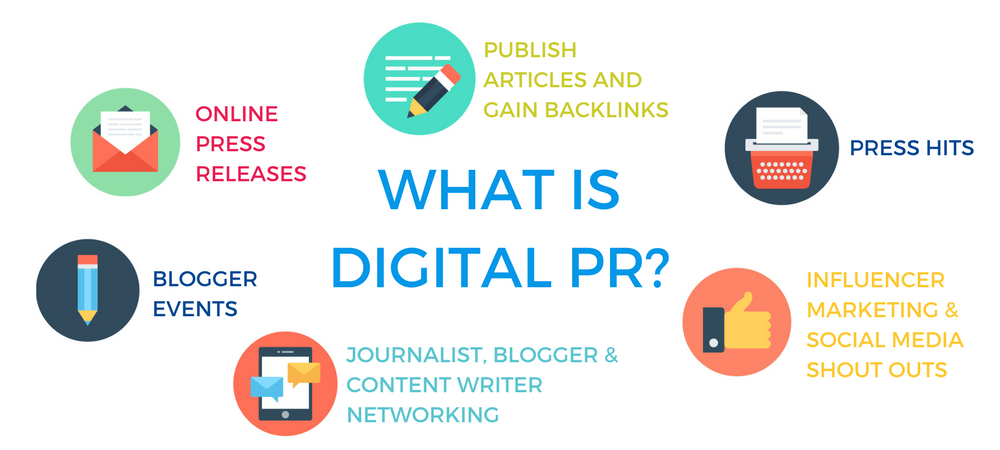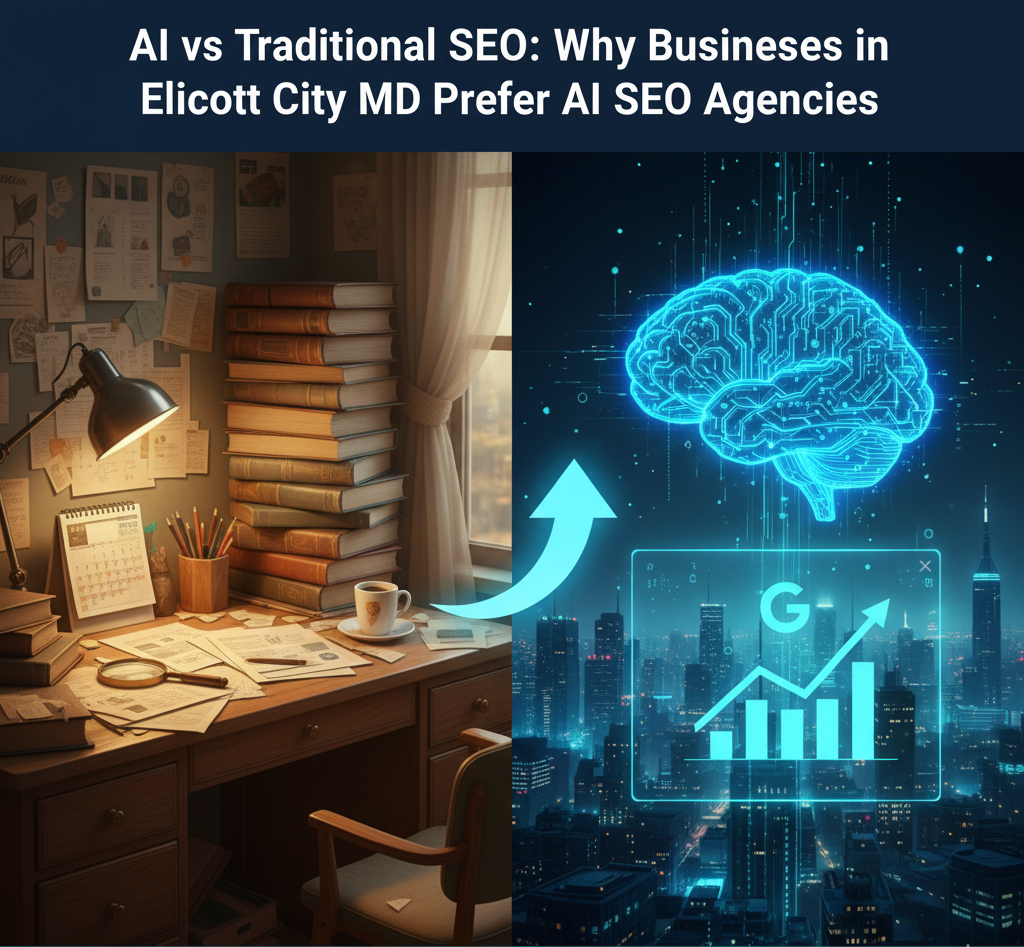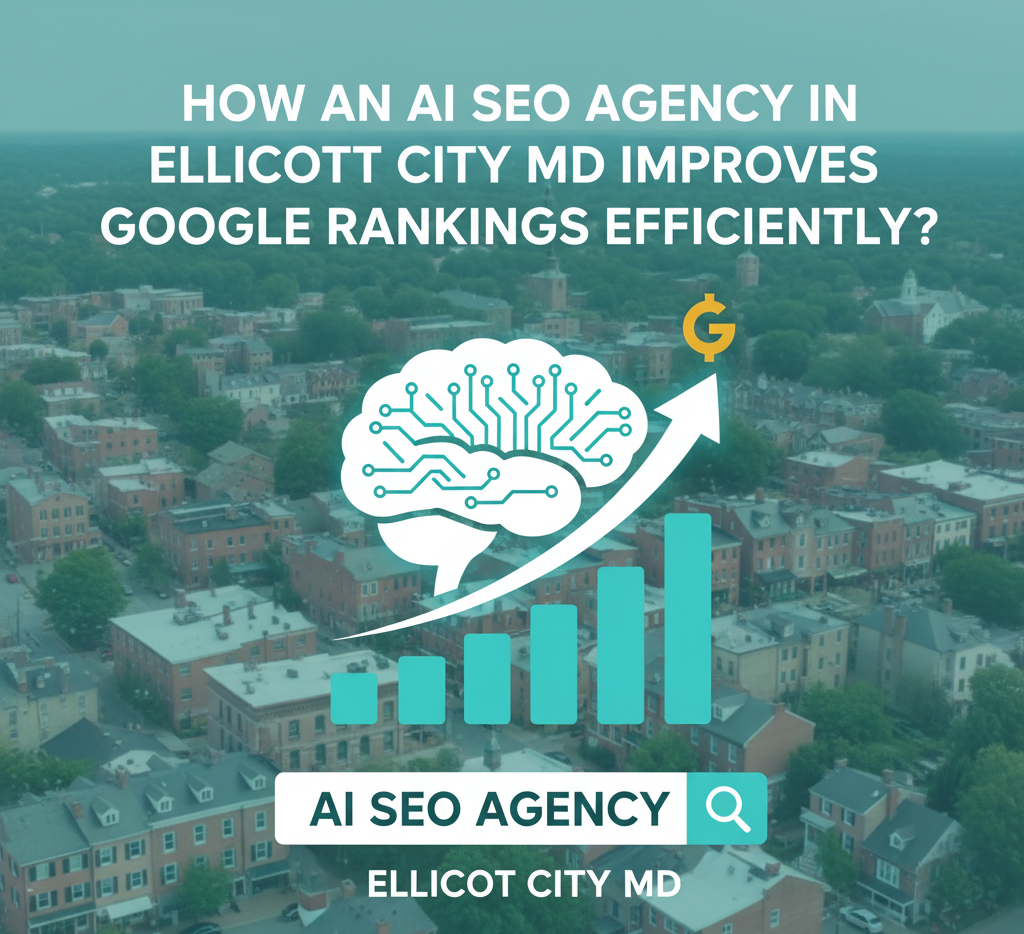Digital PR (Public Relations) has evolved from traditional media relations into a sophisticated online reputation engine that combines storytelling, data science, and relationship marketing. Unlike its predecessor—which relied on print media, TV, and radio—digital PR leverages blogs, social media, influencers, and online publications to build brand authority, drive SEO value, and foster direct audience engagement. In 2025, with 94% of first impressions occurring on digital channels, ignoring digital PR means forfeiting critical opportunities to shape consumer perceptions and drive growth.
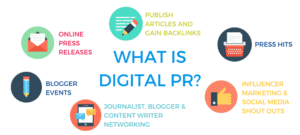
Core Components of a 2025 Digital PR Strategy
A winning 2025 strategy integrates four pillars: Data-Driven Content (leveraging original research for authority), Strategic Influencer Outreach (building authentic media relationships), Proactive Reputation Management (monitoring sentiment 24/7), and Multi-Platform Amplification (repurposing content across channels). Together, they boost SEO, trust, and conversions while future-proofing brand relevance.
Data-Driven Content Creation
Digital PR in 2025 hinges on creating content fueled by original data and research. This involves developing statistically backed assets like industry surveys, proprietary trend reports, or data visualizations (infographics, interactive tools) that journalists and influencers actively seek. Such content positions your brand as a thought leader and provides unique value that traditional pitches lack. For example, a “2025 Consumer Sustainability Index” based on primary research attracts high-authority backlinks from publishers covering your niche, directly boosting SEO. It also generates organic social shares, expanding reach far beyond initial media placements and establishing topical authority with search engines.
Strategic Influencer & Media Outreach
Beyond mass pitching, 2025 demands hyper-personalized, relationship-focused outreach. This means deeply researching journalists’ and micro/nano-influencers’ (1K–100K followers) specific beats, past coverage, and audience alignment before engagement. Prioritize building long-term partnerships over one-off transactions – share their content, offer exclusive insights, or co-create projects. Utilize platforms like LinkedIn for authentic networking rather than cold email blasts. Success lies in becoming a trusted resource, not just a source. This tailored approach yields higher coverage rates, more authentic endorsements, and collaborations that resonate powerfully with niche target audiences.
Proactive Reputation Management
In 2025, reputation is monitored and safeguarded in real-time. This involves using AI-powered tools (e.g., Brandwatch, Mention) to track brand mentions, sentiment, and emerging conversations across news sites, review platforms, social media, and forums. The goal is swift identification and mitigation of potential crises before they escalate – responding to negative feedback transparently within hours. Simultaneously, it amplifies positive sentiment by engaging advocates and sharing user-generated content. This 24/7 vigilance builds “trust capital,” protects brand equity, and ensures your narrative remains controlled, especially vital in an era where misinformation spreads rapidly.
Multi-Platform Content Amplification
A single piece of core content (e.g., a research report) must be strategically repurposed and distributed across diverse digital channels to maximize impact. This means adapting key findings into podcast segments, webinar topics, LinkedIn carousels, TikTok summaries, email newsletters, and community forum discussions. Leverage AI for tailoring messaging nuances to each platform’s audience and algorithm. Paid social boosting of high-performing organic coverage extends its lifespan. This omnichannel approach ensures your message reaches audiences wherever they consume information, dramatically increasing brand visibility, engagement, and the ROI of your original content investment.
Business Impact of Digital PR in 2025
Digital PR fuels business growth by securing authoritative backlinks that turbocharge SEO and organic visibility. It builds unmatched credibility through third-party media validation, converting skeptical browsers into buyers. Targeted campaigns drive high-intent leads with 50%+ better conversion rates, directly boosting revenue. Simultaneously, proactive reputation management strengthens loyalty and crisis-proofs brands in volatile digital landscapes.

Turbocharged SEO & Organic Visibility
Digital PR directly fuels search engine dominance in 2025. Securing authoritative backlinks from top-tier publications (e.g., Forbes, niche industry sites) significantly boosts Domain Authority and keyword rankings, aligning with Google’s E-E-A-T guidelines. Campaigns also increase “Share of Search” – your brand’s visibility across key SERPs. A 40% share means appearing in 8 of 20 top results for target queries. This organic prominence drives sustainable, high-intent traffic without ad spend, making your brand the go-to resource. Studies show sites with strong digital PR earn 50% more organic traffic than competitors within 12 months.
Enhanced Brand Credibility & Trust
Third-party validation through digital PR placements builds unmatched credibility in 2025’s skeptical market. Features in trusted media (e.g., TechCrunch, Harvard Business Review) or endorsements from micro-influencers act as powerful social proof, transferring their authority to your brand. With 69% of consumers trusting influencer recommendations and 81% valuing expert reviews, digital PR placements directly combat ad fatigue. This earned trust shortens sales cycles, increases conversion rates by up to 30%, and positions your company as an industry leader – essential when 94% of buyers research brands online before engaging.
High-Intent Lead Generation & Revenue Growth
Digital PR drives qualified leads that convert. Referral traffic from earned media coverage converts 50% better than generic organic traffic because audiences arrive pre-vetted and contextually aware. Campaigns like data-driven reports or expert webinars capture leads directly through gated assets. Case in point: Luxury brand Anna Spanish achieved 167% revenue growth via targeted digital PR securing placements in Vogue and elite influencer collaborations. By targeting niche publications and communities where ideal customers congregate, digital PR generates measurable ROI – far surpassing traditional advertising’s diminishing returns in crowded 2025 digital landscapes.
Strengthened Customer Loyalty & Crisis Resilience
Beyond acquisition, digital PR fosters retention and shields your reputation. Proactive social listening and rapid response to feedback (within 1 hour boosts retention by 25%) build emotional loyalty. Sharing user-generated content or positive testimonials via PR channels turns customers into advocates. Crucially, in 2025’s volatile information ecosystem, a robust digital PR foundation enables swift crisis management – mitigating negative narratives before they trend. Brands with active reputation monitoring recover 3x faster from PR setbacks, minimizing churn and protecting lifetime customer value in an era where one viral incident can erase years of trust.
Future-Proofing Digital PR for 2025
To stay competitive, embrace AI-driven personalization for hyper-targeted outreach and predictive analytics. Prioritize data journalism with original research to combat misinformation and build trust. Adopt Generative Engine Optimization (GEO) to ensure visibility in AI chatbot responses. Implement hyper-localized campaigns for community-level relevance. Together, these pillars create a resilient strategy for volatile digital landscapes, securing trust and visibility.

AI-Driven Personalization at Scale
In 2025, AI transforms outreach from generic blasts to hyper-relevance. Tools analyze journalists’ past articles, social sentiment, and real-time interests to craft personalized pitches, increasing coverage rates by 30%. AI also dynamically tailors press release angles for different audiences and predicts optimal send times. This isn’t automation—it’s intelligent relationship-building at scale, freeing PR teams for strategic work while ensuring messages resonate deeply with each contact. The result: higher engagement, stronger media partnerships, and content that cuts through algorithmic noise.
Data Journalism as Trust Armor
With misinformation rampant, brands combat skepticism by leading with verifiable data. Digital PR shifts towards publishing original research, industry benchmarks, and statistically robust trend reports (“2025 Gen Z Spending Habits Survey”). These assets position brands as authoritative sources, attracting credible backlinks from publishers desperate for reliable data. Journalists increasingly cite such studies, transferring their platform’s trust to your brand. This approach satisfies Google’s E-E-A-T demands and builds consumer confidence in an era where 67% distrust branded content without third-party validation.
Generative Engine Optimization (GEO)
As AI chatbots (ChatGPT, Gemini) become primary search tools, Digital PR adapts. GEO ensures brands are cited as sources within the knowledge bases these AIs train on. Securing mentions in authoritative publications like Wikipedia, Forbes, or academic journals boosts the likelihood of being surfaced as an answer by LLMs. Strategies include optimizing expert quotes for factual clarity, structuring data for machine readability, and targeting domains known to be AI training sources. Ignoring GEO risks invisibility in the next wave of “search.”
Hyper-Localized Community Engagement
Global brands will target micro-communities in 2025. Digital PR activates neighborhood forums (Nextdoor), local influencers, and regional news platforms for culturally nuanced storytelling. Examples include sponsoring hyper-local events with tailored content or collaborating with micro-influencers on city-specific sustainability initiatives. This builds grassroots trust and loyalty, especially vital for B2C sectors like retail or services. Geo-targeted sentiment analysis tools identify local concerns, enabling proactive reputation management and turning community pride into brand advocacy.
Implementing a Winning Digital PR Strategy
Start by setting SMART goals (e.g., “40% organic traffic growth via quality backlinks”). Conduct audience research to pinpoint niche media and influencer channels. Develop evergreen data assets like industry reports for sustained coverage. Execute personalized relationship-building with key journalists—not mass pitches. Rigorously track KPIs (backlink authority, referral conversions) and optimize monthly. This iterative cycle turns strategy into measurable business growth.
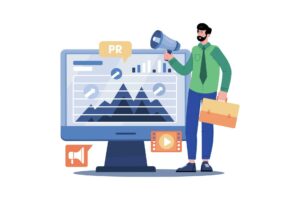
Set SMART Goals & Define KPIs
Begin with specific, measurable objectives aligned to business outcomes. Instead of vague aims like “boost brand awareness,” target “Secure 15+ backlinks from DR 70+ sites to increase organic traffic by 25% in Q2.” Define KPIs early: backlink quality, referral traffic conversions, share of search, or sentiment shifts. This focus prevents wasted effort and enables clear ROI calculation. For example, a B2B SaaS company might prioritize lead-generating placements in niche publications like TechCrunch, tracking sign-ups from referral sources. Goals must be reviewed quarterly to adapt to market shifts.
Conduct Deep Audience & Channel Research
Identify where your ideal customers actually consume information. Analyze niche forums (Reddit, industry Slack groups), influencer followings, and media outlets they trust—beyond demographics. Tools like SparkToro or audience insights in GA4 reveal content preferences and engagement patterns. A sustainable fashion brand, for instance, might prioritize eco-focused micro-influencers on Instagram and LinkedIn over broad lifestyle magazines. Map these channels to your buyer’s journey: awareness (podcasts, viral content), consideration (expert roundups), decision (case studies).
Create Evergreen, Data-Backed Assets
Develop flagship content designed for sustained media appeal. Prioritize original research (surveys, trend reports), visually rich guides, or proprietary tools—not disposable blog posts. Example: A fintech startup publishing “2025 Gen Z Investment Behavior Index” gains backlinks for years. These assets should solve journalists’ needs: 68% cite unique data as top reason for coverage. Repurpose core research into infographics, webinar scripts, and social snippets. Evergreen content compounds value, continuously attracting links and mentions without constant re-investment.
Prioritize Relationship Depth in Outreach
Shift from spray-and-pray pitching to curated relationship-building. Research each journalist’s or influencer’s recent work, beats, and personal interests before contacting. Personalize using specifics: “I loved your piece on AI ethics last week—our report on healthcare AI bias expands on X finding.” Limit outreach to 10-15 high-potential contacts weekly, offering exclusive data or expert access. Nurture long-term connections by sharing their content and providing timely commentary. This approach yields 3x higher response rates than generic templates and builds a Rolodex of reliable advocates.
Measure, Iterate & Optimize Rigorously
Track campaign performance against KPIs weekly. Monitor backlink quality (Domain Rating, relevance), referral traffic conversion rates, and sentiment changes using tools like Ahrefs, GA4, and Brandwatch. A/B test subject lines, pitch angles, and content formats. Example: If video summaries of reports gain 50% more journalist engagement than PDFs, pivot production. Reallocate budget from low-performing channels (e.g., broad press releases) to high-impact activities (micro-influencer collaborations). Hold monthly reviews to refine strategy based on data—not assumptions.
Measure & Optimize
Key Digital PR Metrics
Metric |
Why It Matters |
Tracking Tool |
| Quality Backlinks | Impacts SEO authority | Ahrefs, Moz |
| Share of Search | Measures brand visibility beyond your site | Google Analytics |
| Referral Traffic Conversions | Shows campaign ROI | Google Search Console |
| Social Sentiment | Gauges brand perception | Brandwatch, Hootsuite |
Conclusion
Digital PR is the cornerstone of modern brand-building, merging SEO, credibility, and relationship marketing into one growth engine. By 2025, it will dictate market leadership through AI-honed strategies, data-driven storytelling, and GEO-powered visibility. Implement it via SMART goals, evergreen assets, and authentic outreach—then track backlinks and conversions relentlessly. Brands mastering this integration will dominate SERPs, build unshakeable trust, and achieve 3x faster growth than peers. Start now or risk irrelevance.
